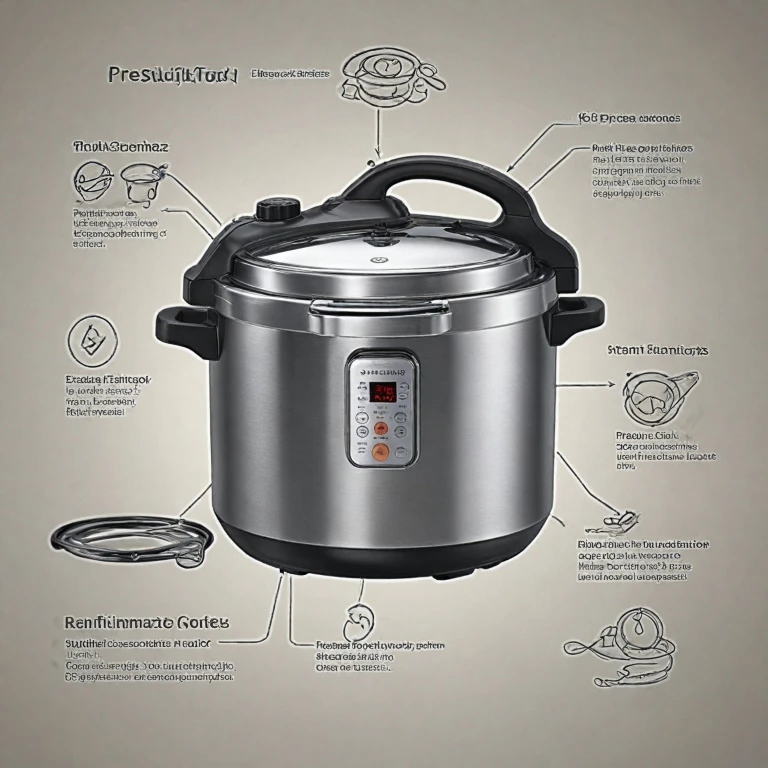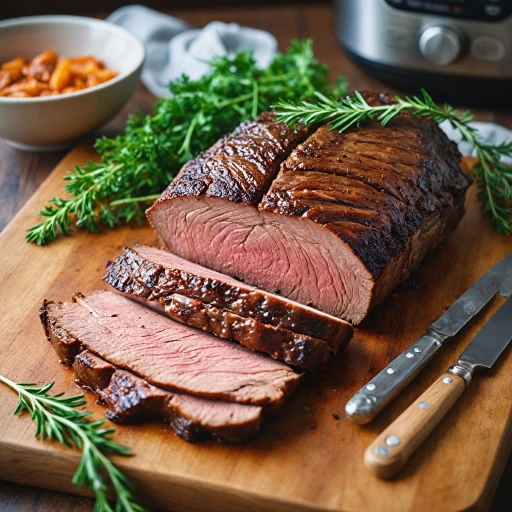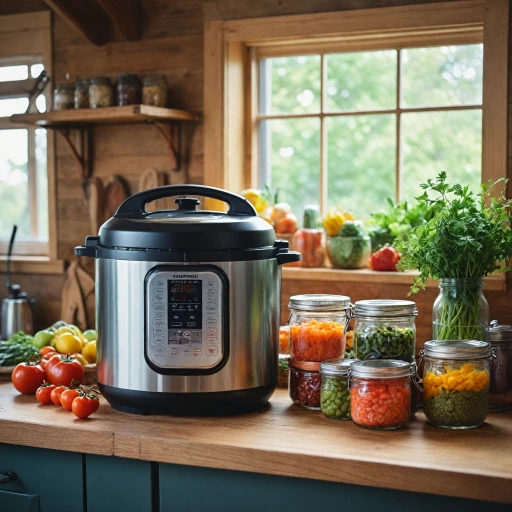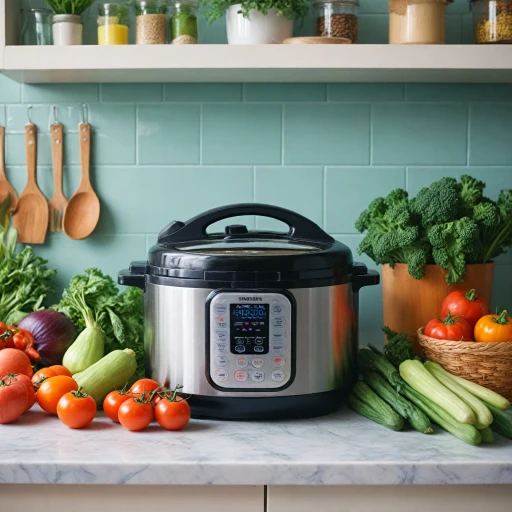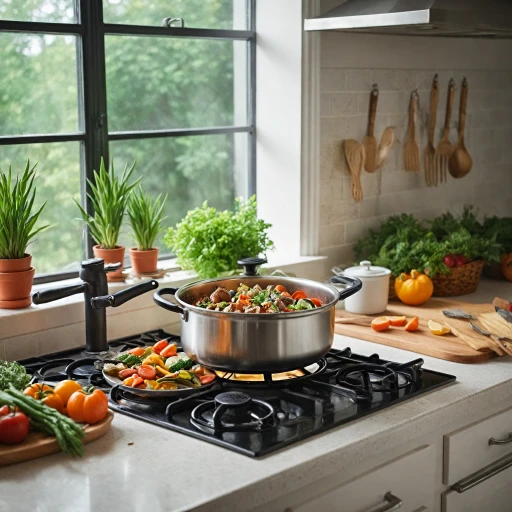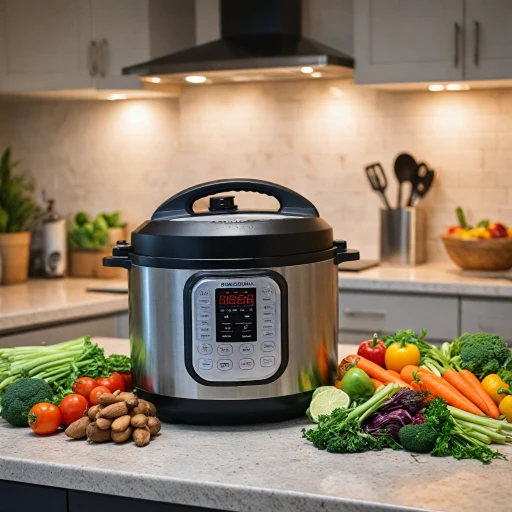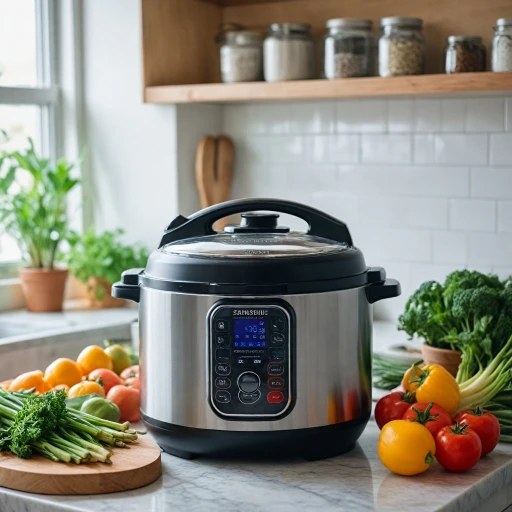The anatomy of a presto pressure cooker
An Overview of Presto Pressure Cooker Components
The Presto pressure cooker is a popular choice for both seasoned chefs and home cooks alike. Understanding the anatomy of this versatile kitchen appliance can greatly enhance its usage and performance. Designed with precision, each component plays a vital role in cooking efficiency and safety. The primary structure of a Presto pressure cooker is its stainless steel or durable aluminum body. This robust material ensures efficient heat distribution, making it suitable for various cooking methods, including canning and pressure cooking. Many models, like those with a 16 or 23-quart capacity, provide ample space for preparing large meals or canning purposes. Another essential part is the cooker cover, which houses critical features like the air vent and cover handle. These elements guarantee a secure seal and maintain the necessary pressure levels. The cooker handle ensures ease and safety when maneuvering the pot. The sealing ring is a key component in both standard and electric pressure cookers, fitting snugly within the cover to prevent steam from escaping, thus sustaining the internal pressure. Regular maintenance checks on these parts, like checking the condition of the sealing ring and ensuring the cover handle's integrity, are crucial for optimal performance. Presto models also incorporate an automatic air vent and overpressure plug, designed to release excess steam safely. The pressure regulator on the cover's top allows the user to control the internal pressure, ensuring the food cooks evenly. These components work together seamlessly, providing efficient and safe cooking experiences. Understanding how they fit together within various Presto models can aid in handling common troubleshooting issues and facilitate easy upgrades or replacements of parts when necessary.How each part impacts cooking performance
Role of Key Components in Cooking Efficiency
Understanding how each part of a presto pressure cooker impacts the cooking performance can significantly level up your culinary experience. Each component not only plays a unique role in ensuring your dishes are perfectly cooked but also affects the safety and efficiency of the cooking process.
Pressure Regulators: This essential part controls the pressure inside your cooker. Most models use a weighted regulator to maintain the desired pressure level. Ensuring the pressure regulator is working optimally is crucial for consistent cooking results and can affect cooking duration and temperature control.
Sealing Rings: These rubber rings are a critical part of maintaining pressure within the cooker. Over time, sealing rings can wear out, leading to pressure loss and ineffective cooking. Regular inspection and replacement when needed can help maintain cooker performance. This advice is true for any model, whether you're using a 6-quart or larger pressure canner.
Cover Handle and Overpressure Plug: These are integral for both safety and functionality. The cover handle helps secure the lid tightly, while the overpressure plug acts as a safety valve to release excess pressure. It's best to ensure these components are in good condition to prevent accidents and maintain cooker efficiency.
Cooker Body and Air Vents: The stainless steel body of a pressure cooker is not just for durability but also for even heat distribution, which is critical in achieving uniform cooking. The automatic air vent ensures air escapes during cooking to maintain pressure balance within the cooker.
By understanding and maintaining these components, you can leverage your pressure cooker’s full potential and ensure recipes turn out exactly as intended. Proper care and awareness of these parts will not only enrich your cooking experience but also prolong the life of your precious kitchen appliance.
Maintenance tips for longevity
Essential Care for Longer Pressure Cooker Lifespan
Maintaining your presto pressure cookers and canners ensures they continue to function safely and efficiently. A few good practices can extend the lifespan of your appliance and enhance your cooking experience.- Regular Inspection of Cooker Parts: It is vital to regularly examine parts like the sealing ring, overpressure plug, and air vent for any signs of wear and tear. Replacing these parts as needed can prevent pressure leaks and maintain safety during cooking.
- Cleaning Presto Parts With Care: After each use, clean the pressure cooker thoroughly, paying particular attention to essential components like the cover handle, sealing ring, and pressure regulator. Utilizing non-abrasive cleaners will help maintain the integrity of stainless steel parts.
- Sealing Ring Replacement: Gas and electric models often depend on the sealing ring for proper functionality. Regularly inspect for any cracks or deformations and replace as necessary. This step helps in maintaining the pressure integrity and canning efficiency of your cooker.
- Prevention of Damage: Avoid using sharp utensils that could scratch the internal surfaces of your cooker. Additionally, ensure the cooker fits properly into your kitchen’s storage, avoiding unnecessary strain on the handle and other sensitive parts.
- Utilizing Authentic Presto Parts: Always opt for genuine presto parts and accessories when replacements are necessary. This ensures compatibility and optimal performance across various quart and model numbers in your cooking appliances.
Troubleshooting common issues
Addressing Common Hiccups in Pressure Cooking
With the intricate design of a presto pressure cooker, occasional issues can arise, leading to unexpected hiccups in your cooking process. Understanding these concerns and approaching them with tried-and-true solutions can save you both time and frustration.- Sealing Ring Problems: The sealing ring is vital for maintaining pressure inside the cooker. If the seal is worn out, damaged, or improperly placed, it might not fit snugly, leading to pressure loss. Inspect the ring regularly and replace it if you notice any cracks or distortions.
- Blocked Air Vent or Overpressure Plug: These components allow for the escape of excessive pressure. Debris or food particles can block them, preventing the effective release of steam. Cleaning these parts regularly with a brush or soft cloth ensures they are clear of obstructions.
- Pressure Regulator Malfunction: The pressure regulator controls the internal pressure. If your cooker isn't reaching the desired quart level, check whether the pressure regulator is working correctly. Consult the manual of your specific presto model for model-specific adjustments.
- Handle Complications: Properly functioning handles are essential for the safe use of a pressure cooker or canner. If loose or damaged, the handles can disrupt the secure attachment of the cover. Regular inspection and tightening of the cover handle screws are advisable.
Upgrading or replacing parts
Enhancing or Refreshing Your Presto Pressure Cooker
When it comes to upgrading or replacing parts of your Presto pressure cooker, there are several considerations to ensure optimal performance and safety over its lifespan. It's essential to familiarize yourself with the various components and their impact as explored in previous sections. This knowledge is crucial whether you're refreshing your appliance with new parts or considering enhancements.- Identify the Model: First, determine the specific model number of your Presto pressure cooker or canner. This will help in selecting parts that precisely fit your appliance. For instance, not all sealing rings or handles fit across different quart sizes or canner models.
- Sealing Ring and Overpressure Plug: One of the most common replacements needed is the sealing ring. It serves a crucial role in maintaining the pressure within the cooker. If your cooker struggles to retain pressure, it’s time to check the sealing ring. Similarly, the overpressure plug should be considered, as it serves as a safety feature, ensuring excess pressure is released efficiently.
- Caring for the Cover and Handle: The cover handle and other external parts, such as the cover itself, endure significant wear and tear. Replacing a worn-out handle or upgrading to a more robust option can enhance the cooker’s usability and longevity.
- Exploring New Accessories: Consider accessories that could enhance your cooking experience. Whether it's a specialized rack for canning or a pressure regulator for specific cooking tasks, these additions can improve versatility and efficiency.
- Authenticity of Parts: When purchasing parts, ensure they are authentic Presto parts to maintain performance and safety standards. Many third-party accessories claim compatibility but may compromise on quality and durability.
Safety considerations with pressure cooker parts
Ensuring Safe Operation with Presto Pressure Cooker Parts
When it comes to using presto pressure cookers and canners, safety should always be a priority. Understanding how each component contributes to this aspect can significantly enhance your cooking experience.- Sealing Ring: The sealing ring plays a vital role in maintaining pressure within the cooker. It’s designed to fit snugly, ensuring no steam escapes. Regularly inspect it for any signs of wear or damage, as a compromised sealing ring could lead to pressure loss, decreasing the cooker's efficiency.
- Pressure Regulator and Automatic Air Vent: These parts work to manage the internal pressure and vent excess air. The pressure regulator must be well-maintained to ensure it functions properly. The automatic air vent, often overlooked, should be checked periodically to avoid blockages that could impact the cooker’s performance.
- Cover Handle and Overpressure Plug: The cover handle facilitates safe opening and closing of the cooker. An intact overpressure plug acts as a fail-safe, releasing excess pressure if it builds up beyond safe levels. Both components need regular checks and cleaning.
